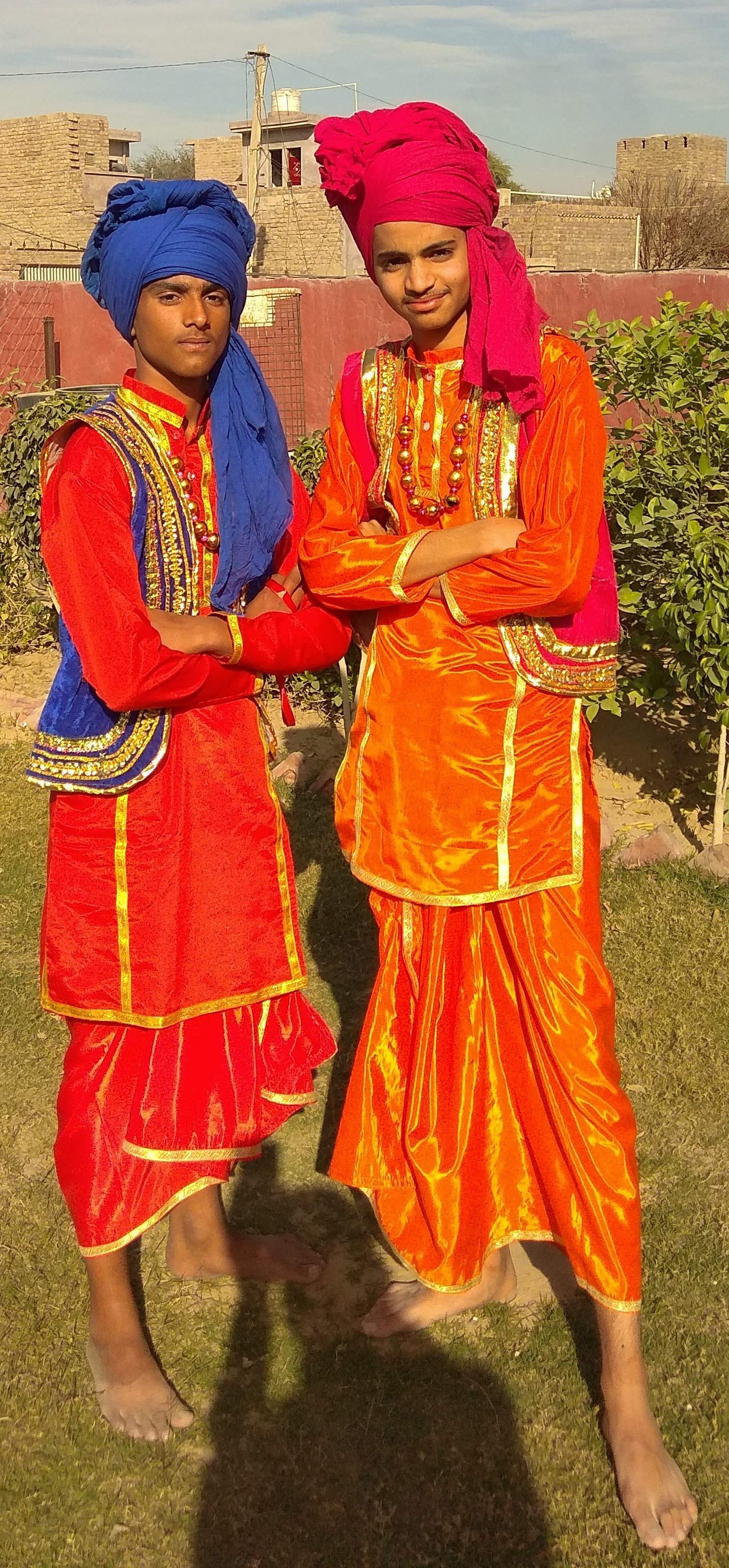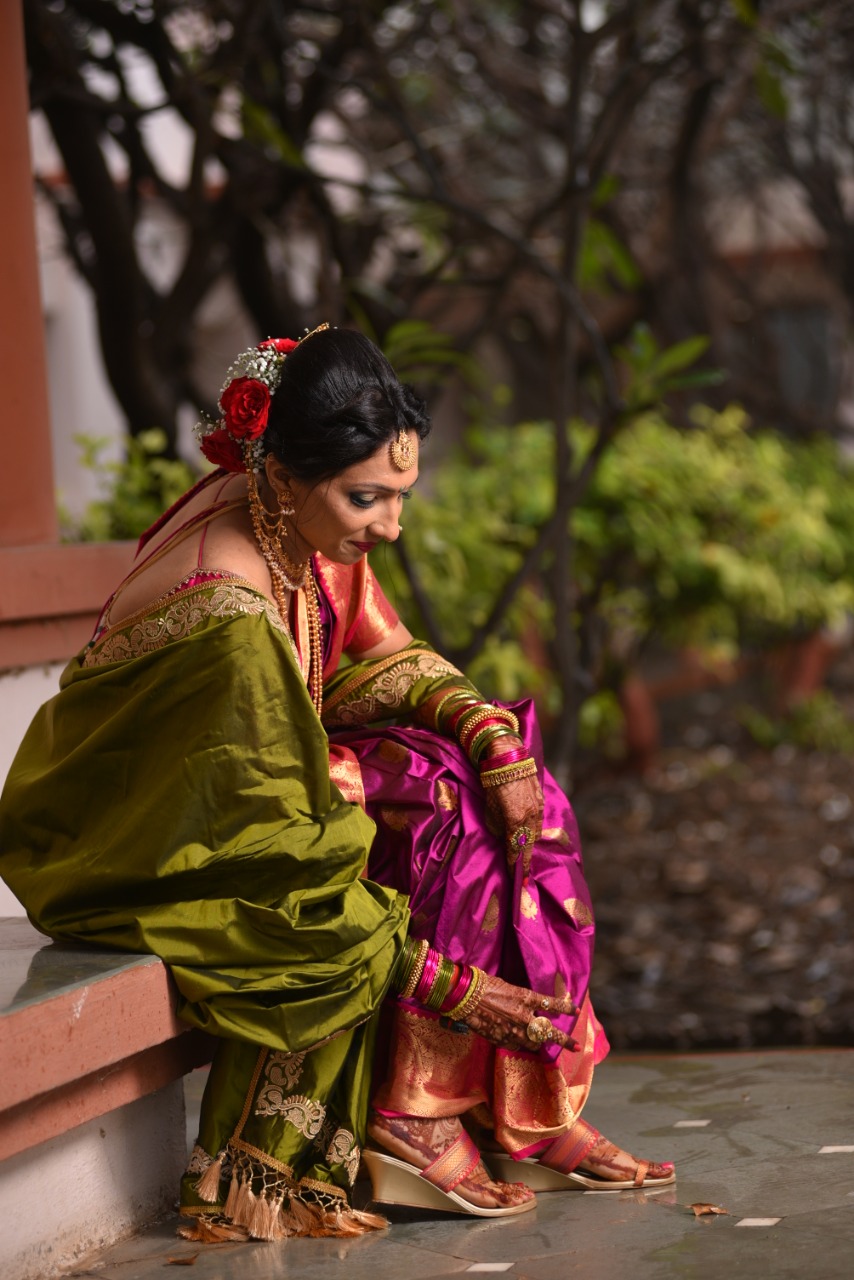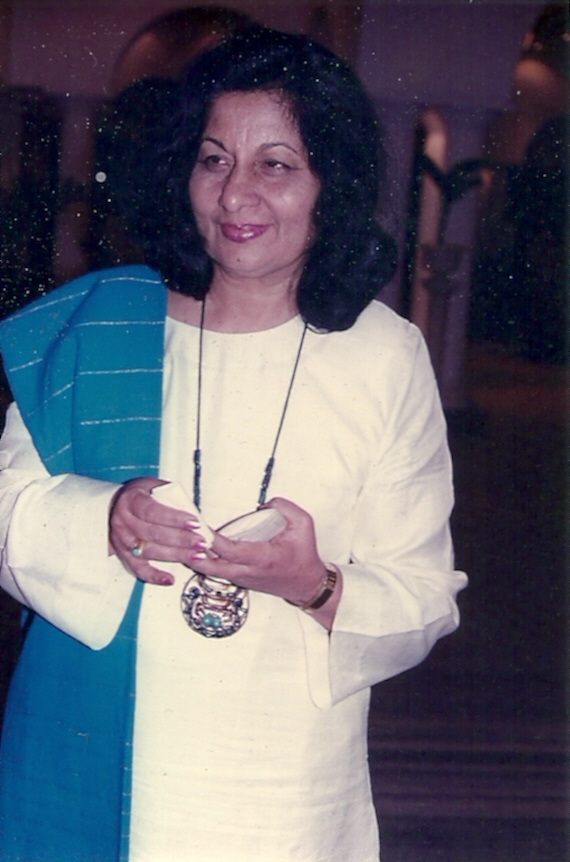 |
| Hotel Hyatt Hyderabad, at Gachibowli Pinakpani, CC BY-SA 4.0, via Wikimedia Commons |
Hyderabad is a city of striking contrasts: glittering IT corridors and tech parks sit alongside centuries-old bazaars and monuments; modern rooftop bars exist within earshot of the centuries-old call to prayer.
For travelers the payoff is simple—a wide range of accommodation options paired with a powerful regional cuisine that combines Mughlai, Telugu, and Persian influences.
This essay may help you choose where to stay, what to eat, how to pair accommodations with food experiences, and practical tips for safety, seasonality, and budgeting.
Quick overview: why Hyderabad works for stays and food
Hyderabad’s hospitality market serves everyone from business travelers and long-stay remote workers to weekend food pilgrims.
Pick a neighborhood that matches your priorities—nightlife and cafés, family comfort, or proximity to historic food quarters—and you’ll minimize travel time and maximize meals.
If any tourists need any help, here is the official website of the government of India to guide the domestic and foreign tourists: India Tourism Development Corporation (ITDC)
The city’s cuisine is famous for layered, spice-forward dishes (especially its biryani and haleem), rich street-food culture, and distinctive tea-and-biscuit traditions.
Types of accommodation—match comfort to itinerary

Hotel Ayodhya Building, Hyderabad
Adityamadhav83, CC BY-SA 3.0, via Wikimedia Commons
Budget hostels, guesthouses, and business hotels

Adityamadhav83, CC BY-SA 3.0, via Wikimedia Commons
Budget options cluster near transit hubs and central markets. You’ll find small guesthouses and hostels that are practical, clean, and social—ideal for backpackers or travelers who plan long days of eating and exploring.
Business hotels in central districts also offer compact, well-run rooms that are convenient for short stays.
Mid-range hotels and boutique stays
Mid-range properties and boutique hotels are popular in residential and commercial neighborhoods. They balance character and convenience: comfortable rooms, friendly staff, and often on-site or nearby cafés that serve regional breakfasts and quick lunches.
Serviced apartments and long-stay rentals
For families, teams, and remote workers, serviced apartments provide kitchens, laundry, and living space—a practical choice when you plan multiple market visits or want to prepare occasional home-style meals. These are especially common near business areas and tech parks.

Luxury hotel room in Hyderabad, India
Fredericknoronha, CC BY-SA 4.0, via Wikimedia Commons

Fredericknoronha, CC BY-SA 4.0, via Wikimedia Commons
Luxury hotels and heritage properties
Luxury and heritage hotels combine opulent service with curated dining: think multi-course regional tasting menus, high-end buffets, and private chef experiences.
These properties are concentrated in well-connected upscale neighborhoods and are useful if you want convenience, safety, and a one-stop culinary experience.
Best neighborhoods to stay—a practical map
-
Banjara Hills & Jubilee Hills: Upscale, leafy, and central for shopping, nightlife, and fine dining. These neighborhoods are great if you want mid-range to luxury hotels with easy access to trendier restaurants.
-
HITEC City, Gachibowli & Kondapur: The tech corridor—choose these for business travel or long stays; serviced apartments and business hotels dominate, with many modern multi-cuisine restaurants nearby.
-
Somajiguda & Begumpet: Central and convenient for airport access and corporate meetings; a practical choice for short visits.
-
Old City (Charminar, Laad Bazaar): Essential for food-first travelers who want immediate access to historic food lanes, kebab stalls, and biryani houses. Note that this area is dense and lively; many travelers prefer to stay nearby rather than inside the Old City itself to balance convenience and comfort.
-
Kukatpally & Ameerpet: Budget-friendly residential zones with good connectivity—useful if you’re looking for economical long-stay options.
Choosing a neighborhood based on whether your priority is heritage food (Old City), nightlife and cafés (Banjara/Jubilee), or business convenience (HITEC/Gachibowli) will save you travel time and let you sample more of Hyderabad’s best dishes.
The food of Hyderabad—what you must try

Hyderabadi Biryani
Dheerajk88, CC BY-SA 4.0, via Wikimedia Commons
Signature dishes
Dheerajk88, CC BY-SA 4.0, via Wikimedia Commons
-
Hyderabadi Biryani: The city’s culinary calling card—fragrant basmati rice layered with marinated meat, saffron, ghee, and a specific blend of spices. Biryani comes in many local variants; tasting different versions across neighborhoods is part of the experience.
-
Haleem: A rich, slow-cooked porridge of wheat, lentils, and meat (often served during Ramadan), prized for its silky texture and deep, savory flavors.
.jpg)
Bagare baigan (from Hyderabad)
Ewan Munro from London, UK, CC BY-SA 2.0,
via Wikimedia Commons
Street snacks and local specialties
.jpg)
Ewan Munro from London, UK, CC BY-SA 2.0,
via Wikimedia Commons
-
Kebabs and chaap: From sheekh to shami, Hyderabad’s kebabs are a key late-night attraction in food lanes.
-
Mirchi bajji, keema samosas, and spicy chaats: These give the city its crunchy, spicy, late-night personality.
-
Irani chai & Osmania biscuits: A tea culture that’s part café, part colonial legacy—a perfect companion to mid-afternoon market wandering.
Sweets and desserts
-
Double ka meetha / Qubani ka meetha: Festive desserts reflecting the city’s royal culinary past.
-
Local mithai and layered milk sweets are available across traditional sweet shops and market counters.

Veg thali, Hyderabad, Telangana, India
V Bhavya, CC BY-SA 4.0, via Wikimedia Commons
Where to eat by neighborhood

V Bhavya, CC BY-SA 4.0, via Wikimedia Commons
-
Old City / Charminar: Old-style biryani houses, kebab counters, and deep-rooted snack stalls—perfect for a heritage food crawl.
-
Banjara Hills & Jubilee Hills: Upscale restaurants, modern cafés, and fusion menus that cater to fine-dining and trendy palates.
-
HITEC City / Gachibowli: International cuisine, food courts, and multi-cuisine restaurants for business crowds and tech professionals.
-
Local markets & chowks: Evening and night markets are where many iconic snacks and sweets are best discovered. Busy stalls with local queues are usually a good indicator of freshness.

Hyderabad Veg Thali
Triv.rao, CC BY-SA 4.0, via Wikimedia Commons
Best time to visit (and why it matters)

Triv.rao, CC BY-SA 4.0, via Wikimedia Commons
The most comfortable months to visit are the winter season—roughly November through February—when temperatures are mild and outdoor dining is pleasant.
Monsoon months bring rain and humidity, while April–June can be hot and less comfortable for long street-food walks.
If food festivals or Ramadan timing matter to you (haleem is often highlighted during Ramadan), plan your trip accordingly.
Food safety: smart, practical habits
Street food is a central part of Hyderabad’s identity, but reasonable precautions will keep your trip enjoyable:
-
Choose busy stalls with local crowds—turnover usually means fresher food.
-
Prefer hot, freshly cooked items over foods that sit uncovered for long periods.
-
Drink sealed bottled water and avoid raw salads unless you’re confident about water sources.
-
Ask hotel staff or local hosts for vendor recommendations—their guidance often steers you to the best and safest spots.
-
Consider a vetted food walk for your first night—guides curate safe, authentic routes.

Hyatt Hyderabad
रोहित साव27, CC0, via Wikimedia Commons

रोहित साव27, CC0, via Wikimedia Commons
Budgeting, booking, and practical tips
-
Book early for peak season (winter and holiday periods). Hotels and serviced apartments fill up quickly, especially in business districts and during festivals.
-
Match lodging to travel style: Business travelers save time near HITEC/Gachibowli; food explorers often choose a base near Banjara Hills or close to the Old City depending on priorities.
-
Consider serviced apartments for family or long stays—kitchens let you purchase fresh produce at local markets and try making a dish or two.
-
Use local transport wisely: Hyderabad’s app-based taxis are plentiful; however, traffic can be heavy during peak hours—plan food crawls to minimize long commutes between neighborhoods.

IndiGo Airbus A320 VT-ITK at Mumbai Airport
Premkudva, CC BY-SA 4.0, via Wikimedia Commons

Premkudva, CC BY-SA 4.0, via Wikimedia Commons
Pairing stays with food experiences (sample itineraries)
-
48-hour food sprint (heritage focus): Stay near the Old City for quick access to historic biryani houses and kebab stalls; spend evenings at local sweet shops and tea stalls.
-
Weekend luxury + modern dining: Base in Banjara Hills or Jubilee Hills and split meals between rooftop contemporary restaurants and an afternoon Irani tea break.
-
Business + casual dining: Stay in HITEC City or Gachibowli and sample modern cafés, buffet lunches, and late-night kebab joints close to office hubs.

Hotel Hyatt conference hall at, Hyderabad,
Pinakpani, CC BY-SA 4.0, via Wikimedia Commons
Responsible travel and cultural respect
Pinakpani, CC BY-SA 4.0, via Wikimedia Commons
Support family-run restaurants and small vendors to keep tourism dollars local.
Respect mosque and temple precincts near food hubs, avoid littering (especially meat waste), and follow queue etiquette at popular stalls.
Small acts of respect help preserve Hyderabad’s culinary culture.
Final thoughts
Hyderabad rewards travelers who bring curiosity and a plan. Pick a neighborhood that reflects your priorities—history and heritage, nightlife and modern dining, or business convenience—and let your meals map your days. From the first spoonful of aromatic biryani to the last cup of Irani chai, pairing the right accommodation with the right food experiences turns a trip into a story you’ll want to tell again.







